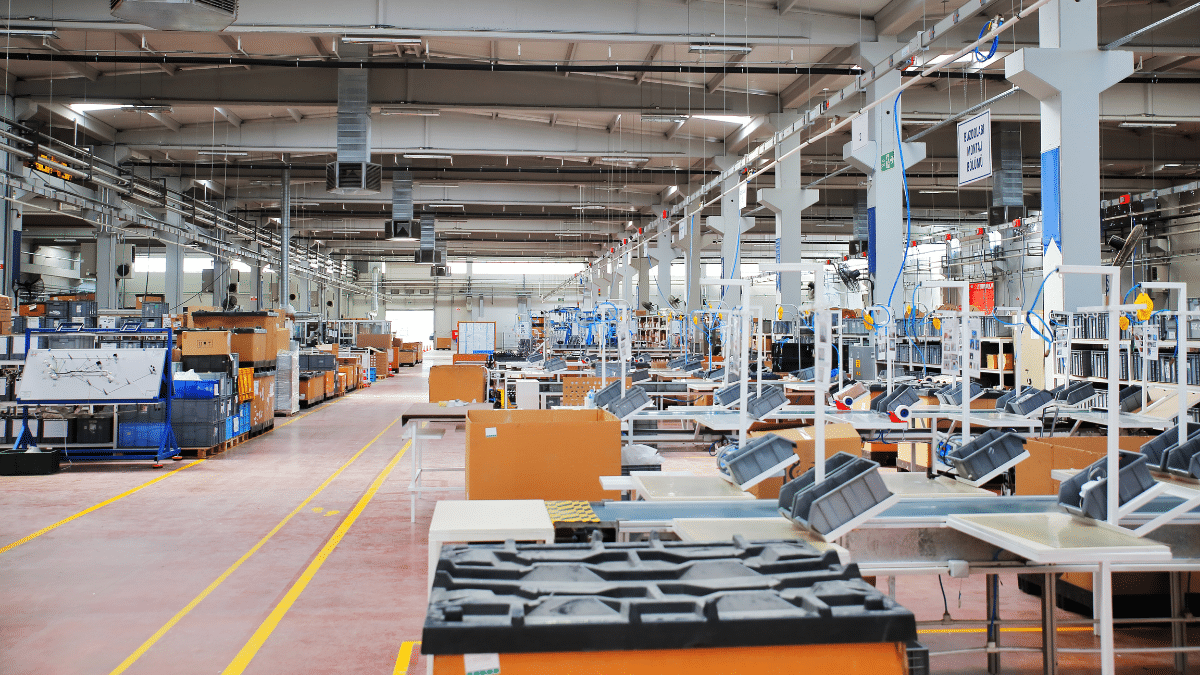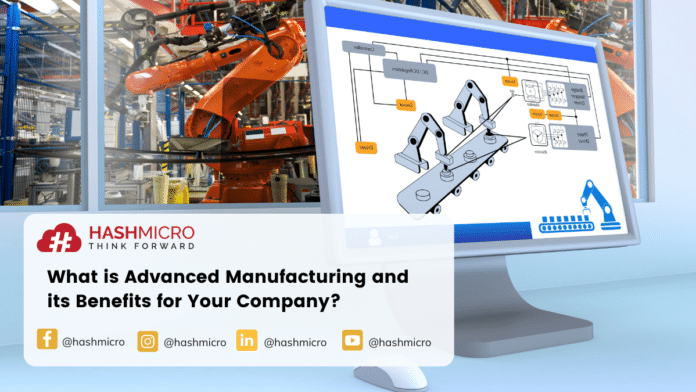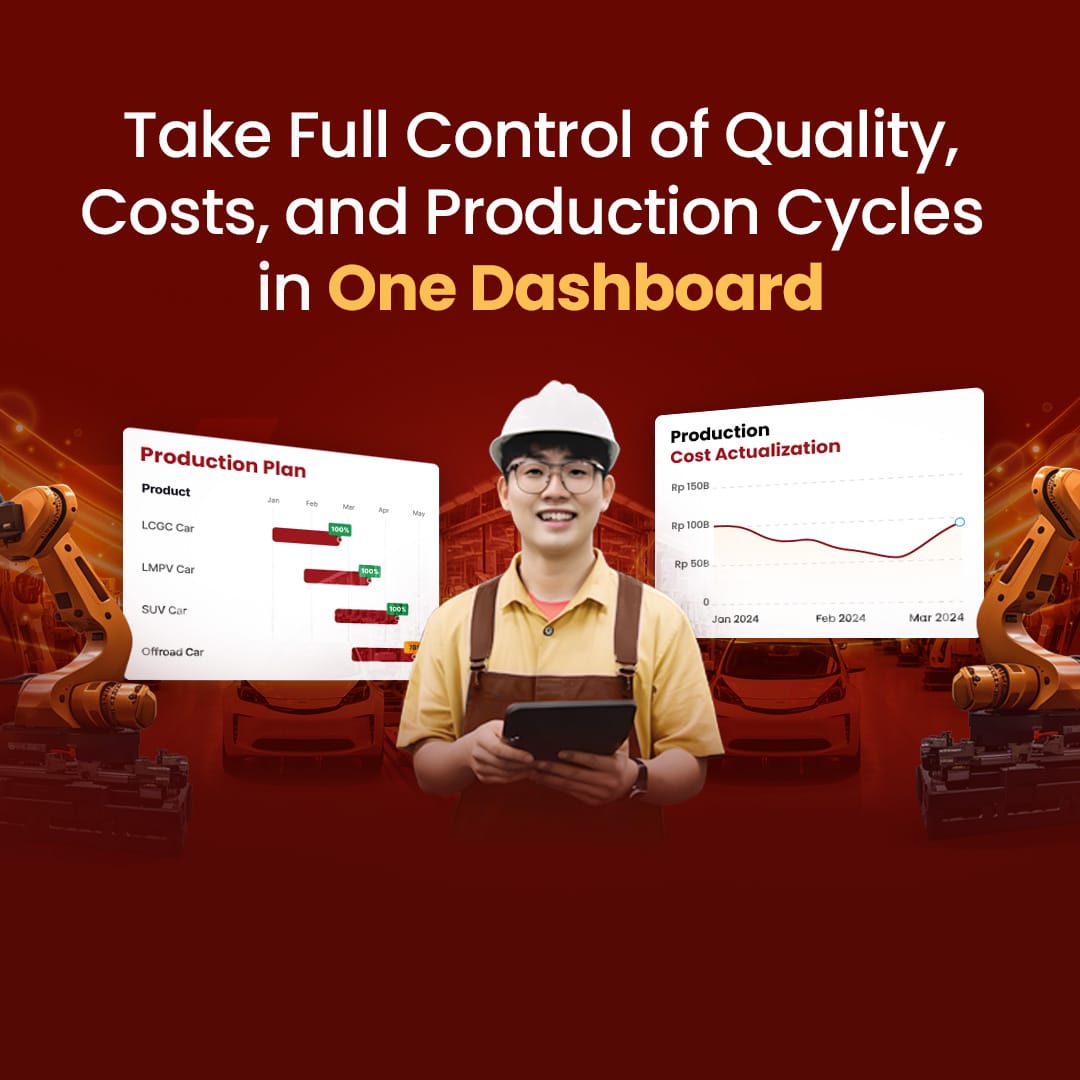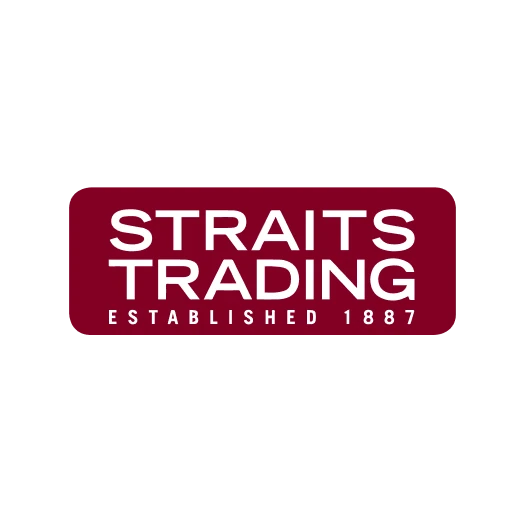Advanced manufacturing uses innovative technology to create new products or the best manufacturing software and performs production activities that enhance manufacturing quality with complete manufacturing software.
In addition, the process gives manufacturers a competitive advantage through a comprehensive manufacturing system. Sophisticated manufacturing is “the use of innovative technology to create existing products and develop new products, including production activities, automation, and networking,” as defined by Manufacturing.gov.
This is a deliberately vague definition because advanced manufacturing in one area differs from other good manufacturing automation systems. There is no accurate way to explain this concept without going over specific examples.
This article will explore advanced manufacturing, describe manufacturing software systems, types of advanced manufacturing, process benefits, challenges, and solutions in implementing them and recommend Singapore’s leading advanced manufacturing systems.
Table of Content:
Table of Content
What is Advanced Manufacturing?
Advanced manufacturing refers to the application of innovative technologies and techniques to enhance business competitiveness. The manufacturing industry uses innovative technology to keep up with advances in electronic information, computer technology, machinery, materials, and technology-enabled management to improve quality and manufacturing processes. Increase productivity and profitability by using HashMicro’s Hash Manufacturing Automation Software.
Advanced manufacturing aims to maximize output while minimizing waste and increasing value, quality, market responsiveness, and flexibility. Sophisticated manufacturing reduces time to market, inventory, content, and unit count. With digital manufacturing on the rise, manufacturers must embrace advanced manufacturing to succeed.
Advanced Manufacturing Type
1. Additive manufacturing
Generally, additive manufacturing methods are examples of 3-D printing, powder-bed laser printing systems, fusion deposition modeling, and other processes that create highly complex assemblies from single continuous materials. Manufacturers can reduce points of failure in systems while reducing weight, complexity, and heat dissipation issues, among other benefits. Aerospace, medical, prototyping, automotive, consumer goods, and many other industries will benefit from additive manufacturing as the technology becomes cheaper and more intuitive.
2. Advanced material/composite
State-of-the-art materials have made it possible to produce precise alloys of metals, plastics, glass, ceramics, and other materials. Composite materials, for example, have a wide variety of physical and chemical properties, resulting in more breakthrough performance and fewer material exchange decisions. High-strength alloys, recyclable plastics, advanced ceramics/glasses, and many other composite materials are essential in today’s market. Improve raw material purchasing control with integrated procurement software.
3. Robotics/automation

Unsurprisingly, robotics is on the list of advanced manufacturing techniques. These automated systems enable heavy lifting, precision movement and joining, and improved work consistency across many production units. Robotics is also helpful for traditionally dangerous tasks, reducing risk, overhead, and waste on the part of stakeholders in exchange for more consistent, faster, and cheaper products. Various industries use robotics, including automotive, aerospace, forging, consumer goods, and many others, and as our understanding of robotics grows, so does our ability to implement automated systems in more sectors.
Also read: Manufacturing Tips: How to Optimize Your Production Planning
4. Laser machining/welding
Welding and machining can be challenging to master – laser machining and welding, on the other hand, enable rapid and high-precision processing of parts by utilizing laser technology. Lasers do not seriously damage the part’s integrity while eliminating cracking and poor joining by reducing the amount of heat transferred into the material with increased precision. These processes are currently used for pressure vessels, proximity sensor welding, battery welding, sensitive electronics, and much more, providing safer and more accurate products across many generations.
5. Nanotechnology
As our devices become smaller, so makes the demand for smaller components. For this reason, nanotechnology is at the forefront of many industries as designers strive to pack as much functionality as possible into a profile as small. It is also used in chemical and biological applications. Where nanoscale particles can improve material properties, control light spectroscopy, and influence chemical reactivity. Nanotechnology enables advanced manufacturing systems to have a smaller overall footprint while increasing functionality across the production line.
6. CNC Turning
Understanding CNC turning begins with the vital role it plays in manufacturing. It’s a process where metal bars turn in place while specific cutting tools shape the metal into detailed components. The output can be anything from simple parts to highly sophisticated items, all crafted with impeccable precision.
One aspect that makes it so versatile is its compatibility with various types of materials. It can handle metals such as aluminum, steel, brass and even tough alloys like titanium and Inconel proficiently.
In terms of the scope of products that this technology can manufacture, it covers everything from automotive parts like gears and bushings to medical tools. Whether it’s creating intricate electrical connectors for aerospace applications or simple bolts for everyday use, CNC turning has got everything covered. And the beauty of this technology is that you need not invest massively to utilize it. You can even use a CNC turning service to outsource this type of work.
Challenges and Solutions in Implementing Advanced Manufacturing

Another advantage of advanced manufacturing is that it is likely to have fairness and equality between small and large businesses. In contrast, a manufacturer’s number of employees and available manufacturing space can significantly impact overall output today. Advanced management systems that provide the best fit can make a smaller company more competitive regardless of other factors—allowing them to pull ahead of larger companies that are slow to adopt advanced manufacturing techniques.
Also read: Manufacturing Program and The Role of ERP in Industrial Development
Leading Advanced Manufacturing System in Singapore
To assist your business in transitioning to the new industrial era and getting the benefits of technological advancements. Hence, we have compiled a list of the best manufacturing software.
HashMicro

HashMicro has established itself as the number one advanced manufacturing Singapore software provider after years of delivering business automation solutions. The highlight of HashMicro is its scalability in medium-to-large-sized businesses. They noticed that more and more businesses were entrusting their business operations to HashMicro over time. It allows for a great deal of flexibility and integration when aligning the system with business operations.
HashMicro serves a diverse range of businesses, and you may have heard that the company is now working to broaden the system’s application. It also invested heavily in high-quality modules that can be purchased separately. Advanced reporting, a user-friendly interface, and an unlimited number of users are included. HashMicro manufacturing software can be integrated into other complete accounting systems.
Sage
Sage Business Cloud X3 enables users to collect data from various workflows and use that information to inform and streamline operations. Automation can be used to reduce manual time spent on data entry. And tedious communication between departments in processes such as sales and financial management. For example, with Sage, the sales team could offer product discounts and have them instantly reflected in the financial system upon payment receipt.
It can deploy on-premises or in the cloud and is suitable for all industries and businesses of any size. Users can customize it to meet their specific business needs and allow APIs to access external services.
NetSuite
Oracle’s NetSuite platform includes a manufacturing solution and is one of the best manufacturing ERP software options available. It is cloud-based and provides tools to manage all manufacturing processes, from the shop floor to the executive level. Customer relationship management (CRM), centralized product data, and efficient order handling are the most notable capabilities.
NetSuite also enables improved production planning based on supply and demand balancing, procurement processing, and supply chain control. NetSuite serves various manufacturing companies, from consumer goods to medical devices.
Capterra
Capterra is the leading online resource for business software buyers. Founded in 1999, Capterra features validated user reviews and independent research across hundreds of software categories. From accounting to manufacturing management, Capterra covers it all. Capterra helps more than three million buyers find the right monthly software for their businesses.
Conclusion
Hopefully, advanced manufacturing will level the playing field between small and large businesses. Because capability is no longer based on a number of employees or production space but on system design that provides the best fit and offers customers a highly consistent product at a lower price than traditional models.
You can increase your productivity and profitability with HashMicro’s complete manufacturing system. Next, you can download the manufacturing software pricing scheme calculations for your overview before deploying the manufacturing system for your business. Or you can go ahead and try the free demo now!























































